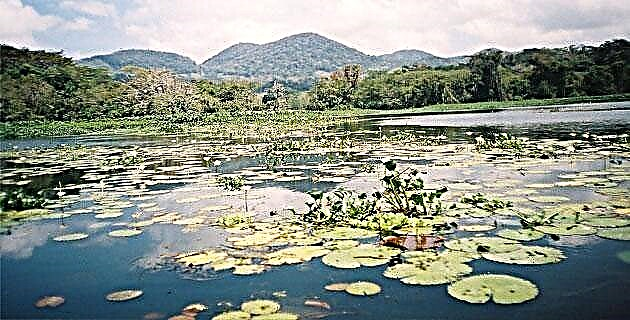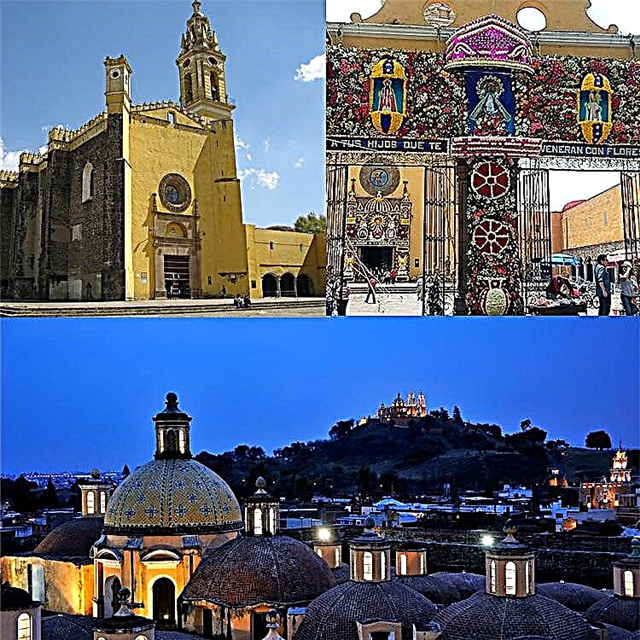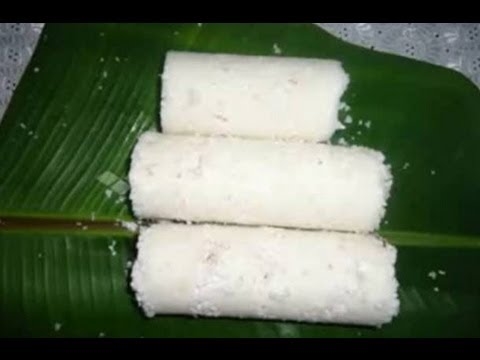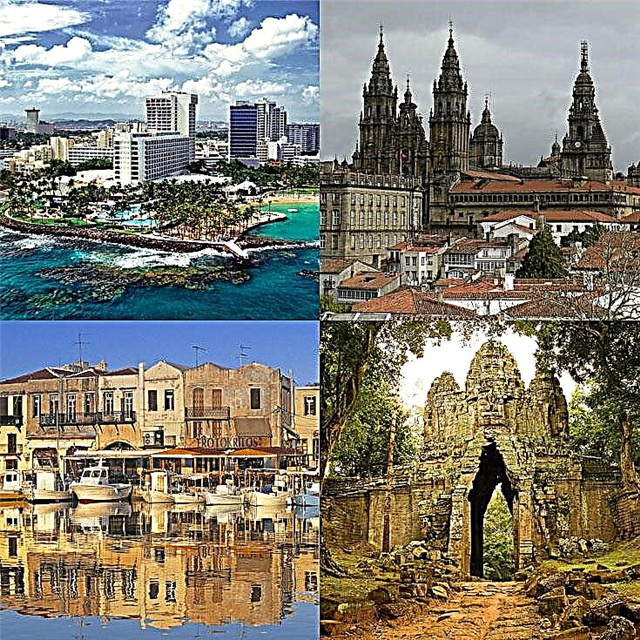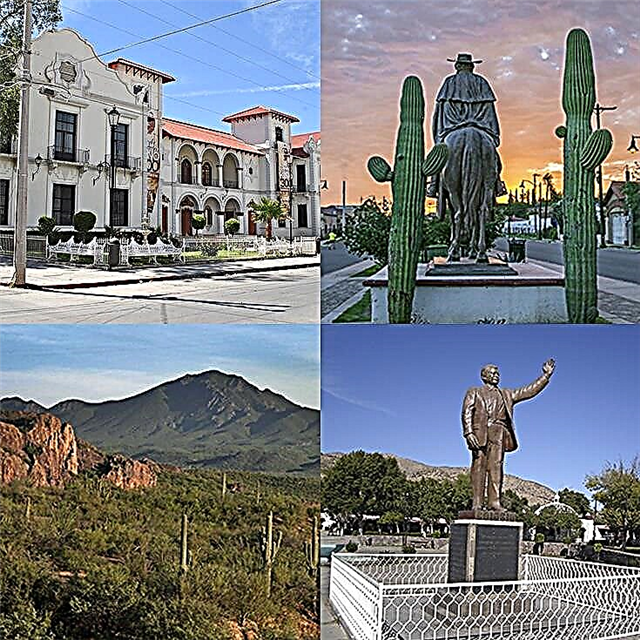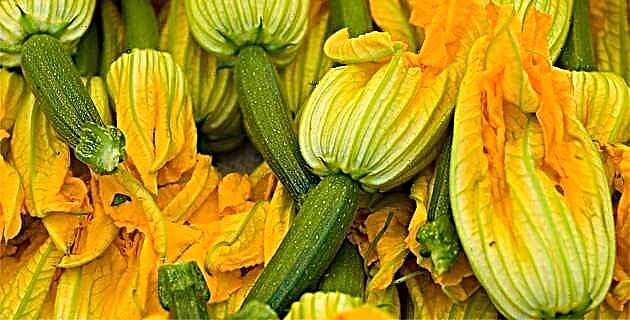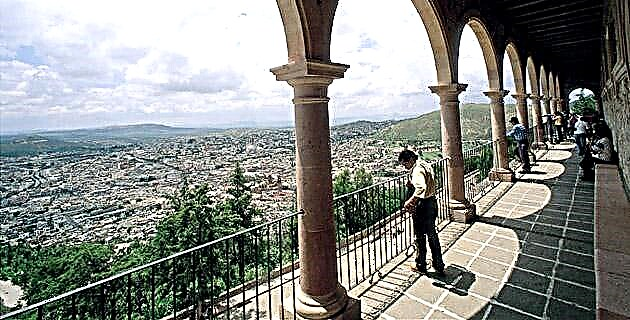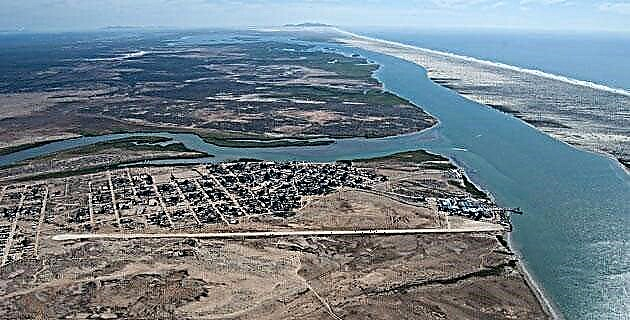
Magdalena Island along with its estuaries, channels and Magdalena Bay constitute an incredible natural reserve where nature continues with its cycle.
Long and narrow sand barrier of 80 km in length that is located in front of the western coast of Baja California Sur, near Magdalena Bay. This bay, the largest on the peninsula, covers an area of 260 km2 and stretches 200 km, from Poza Grande in the north to the Almejas bay in the south.
Francisco de Ulloa, an expert sailor and a daring discoverer, was the last envoy of Cortés to explore Baja California, but the first to navigate the immense Magdalena Bay which he called Santa Catalina. Ulloa continued his journey to Cedros Island, which he originally called Cerros; when he reached the 20th parallel he discovered that he was sailing along the coast of a peninsula and not an island. Sacrificing his own safety, he decided to return one of his boats and keep the smallest one; it is known to have been shipwrecked in the turbulent waters of the Pacific Ocean.
Francisco Ulloa's discovery has been one of the most important contributions to the knowledge of Baja California geography. Later, Sebastián Vizcaíno, in his scientific expedition through the peninsula, sailed through the estuaries, channels and lagoons of Magdalena Bay.
In order to follow in the footsteps of those great sailors and adventurers we arrived at the port of Adolfo López Mateos; the first impression is that of an unattractive port, somewhat abandoned and desolate, but once you get to know its inhabitants and visit its surroundings, the image changes completely.
Long ago, when the packing plant was working, there was a lot of money in the port; the fishermen worked the lobster, abalone and species of scale. At that time, a phosphate mine was also open. Although today all that is abandoned, the inhabitants continue to exercise their lifelong trade: fishing.
During the months of January to March, the fishing cooperatives work as tourist guides, since during that season, tours are organized to observe the second largest mammal in the world, the gray whale, which year after year reaches the warm waters of the Mexican Pacific. to reproduce and give birth to the small calves.
The town has the appearance of the typical ports of the peninsular Pacific, a bit desolate and always windy, where day after day the fishermen with tanned skin challenge the turbulent waters of the San Carlos channel, and of Boca la Soledad and Santo Domingo, routes to go into the open sea, with the purpose of fishing for sharks. On that side of Magdalena Island it is also common to see turtles, bufeos mascarillos (better known as orcas), dolphins and, hopefully, blue whales.
In López Mateos we embark on the boats of “Chava”, an experienced guide of the region, and we crossed the San Carlos channel for an hour until we reached Magdalena Island. A large group of dolphins welcomed us, they jumped and frolicked around the panga.
With a good reserve of water, camera, binoculars and a magnifying glass, we follow the tracks of coyotes, birds and small insects, to enter the fascinating sea of sand, in the immense dunes. This is an ever-changing world subject to the whim of nature and the wind, the great sculptor who moves, lifts and transforms the landscape, modeling capricious formations on the sand mounds. For hours and hours we walked and watched the show carefully, going up and down the moving dunes.
These mounds originate from the accumulation of sand carried by the waves and the wind, factors that little by little are wearing down the rocks until they are disintegrated into millions of granites. Despite the fact that the dunes can move approximately six meters per year, they acquire capricious geometric shapes that are classified as whale backs, half moons (formed by moderate and constant winds), longitudinal (created by stronger winds), transversal (product of breezes ) and, finally, stars (consequence of opposite winds).
In this type of ecosystems, vegetation plays an important role, since its extensive roots, in addition to capturing the vital liquid -water-, fix and support the soil.
Grasses adapt very well to sandy soils, as they germinate quickly; for example, if the sand buries them, they persist and rise again. They are able to withstand the force of the wind, the desiccation, the intense heat and the cold of the nights.
These plants weave an extensive network of roots, which retain the sand of the dunes, giving them firmness and their blooms are of intense pink and violet colors. Grasses attract small animals and these in turn attract larger ones such as coyotes.
On the virgin beaches, washed by the infinite Pacific Ocean, we find giant clam shells, sea biscuits, dolphin bones, whales and sea lions. In Boca de Santo Domingo, to the north of the island, there is a large colony of sea lions that sunbathe on the beach and play in the water.
We leave the land walk to continue our exploration in the water, and go through the labyrinth of channels, estuaries and mangroves. The coastal area of the region is home to the most important biological reserve of mangrove forests on the peninsula. The latter grow on the coastlines, where no other tree or shrub could withstand the salty and humid environment.
The mangroves are gaining ground from the sea creating an incredible jungle on stilts. The main species in this ecosystem are: red mangrove (Rhizophora mangle), sweet mangrove (Maytenus (Tricermaphyllanhoides), white mangrove (Laguncularia racemosa), black mangrove or buttonwood (Conocarpus erecta), and black mangrove (Avicennia germinans).
These trees are home and breeding grounds for countless fish, crustaceans, reptiles and birds that nest in the tops of mangroves.
The place is ideal to observe different birds such as the osprey, duckbill, frigates, seagulls, various types of herons such as the white ibis, the heron and the blue heron. There are many migratory species such as the peregrine falcon, the white pelican, known in the region as borregón, and quite a few beach species such as the Alexandrine plover, the graybill, the simple sandpiper, the rocker, the red-backed and the striped curlew.
Magdalena Island along with its estuaries, channels and Magdalena Bay constitute an incredible natural reserve where nature continues with its cycle, where each species fulfills its function. We can enjoy all this and more by discovering far and remote places, as long as we respect the natural environment.
The best way to explore and live with the nature of this region is to camp on Magdalena Island. Three days are enough to visit the dunes, the mangroves and the colony of sea lions.
IF YOU GO TO THE ISLAND OF MAGDALENA
From the city of La Paz you have to go to the Adolfo López Mateos port, located 3 and a half hours away. Boatmen can take you on a tour around the mangrove island.
Photographer specialized in adventure sports. He has worked for MD for over 10 years!



